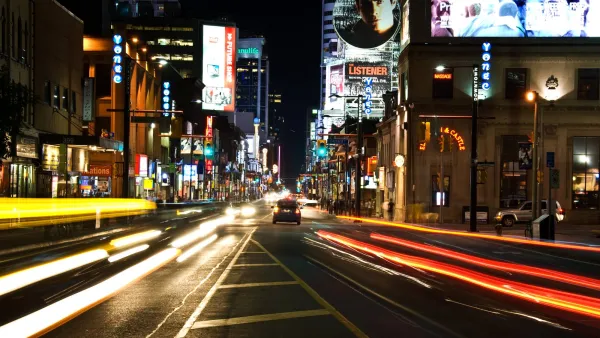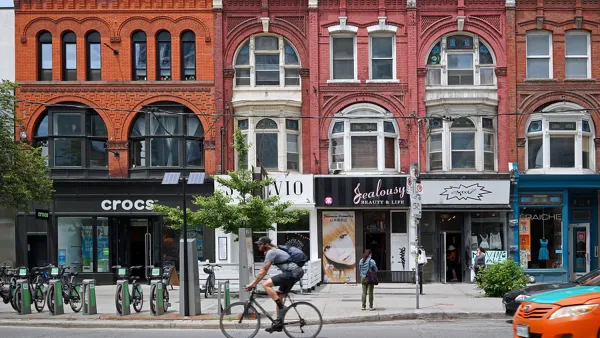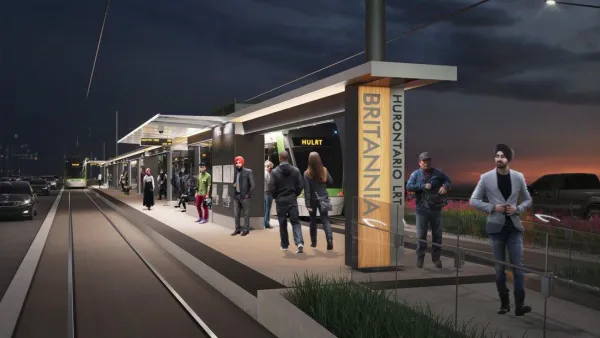Ken Greenberg, the former director of architecture and urban design for the city of Toronto, sits down to discuss how Toronto needs to transform to ensure a less auto-reliant future that serves a changing demographic of younger urban dwellers.

Toronto is at a crossroads according to the city's former director or architecture and urban design, Ken Greenberg. While the city continues to pour money into highway projects like the Gardner Expressway (saving a few commuters 2-3 minutes per day), newer residents in the city who have given up their cars (or never drove in the first place) aren't being adequately served. Luke Simcoe of Metro writes that Greenberg sees the city reacting too slowly to changes in consumer demand.
Greenberg, who helped revitalize Regent Park and is heading up the new Under Gardiner project, says the private sector has been quicker to adapt to the return of urbanism than city officials.
“Developers who are being driven by the market are providing fewer parking spaces in new buildings, for example,” he said. “We used to talk about two spaces for every unit and now we’re down in some places to one for every four units.”
Greenberg urged municipal leaders to follow suit, lest they cede their authority to developers or “disruptive” companies like Uber, Airbnb or Google.
Greenberg advises Toronto leaders to be less risk-adverse and take chances with new pilot programs with potential for positive change. "What a city really is is a giant R&D lab, full of trial and error. We need to embrace that..."
FULL STORY: 'The city is a giant R&D lab:' Architect and planner Ken Greenberg talks Toronto

National Parks Layoffs Will Cause Communities to Lose Billions
Thousands of essential park workers were laid off this week, just before the busy spring break season.

Retro-silient?: America’s First “Eco-burb,” The Woodlands Turns 50
A master-planned community north of Houston offers lessons on green infrastructure and resilient design, but falls short of its founder’s lofty affordability and walkability goals.

Delivering for America Plan Will Downgrade Mail Service in at Least 49.5 Percent of Zip Codes
Republican and Democrat lawmakers criticize the plan for its disproportionate negative impact on rural communities.

Test News Post 1
This is a summary

Test News Headline 46
Test for the image on the front page.

Balancing Bombs and Butterflies: How the National Guard Protects a Rare Species
The National Guard at Fort Indiantown Gap uses GIS technology and land management strategies to balance military training with conservation efforts, ensuring the survival of the rare eastern regal fritillary butterfly.
Urban Design for Planners 1: Software Tools
This six-course series explores essential urban design concepts using open source software and equips planners with the tools they need to participate fully in the urban design process.
Planning for Universal Design
Learn the tools for implementing Universal Design in planning regulations.
EMC Planning Group, Inc.
Planetizen
Planetizen
Mpact (formerly Rail~Volution)
Great Falls Development Authority, Inc.
HUDs Office of Policy Development and Research
NYU Wagner Graduate School of Public Service





























